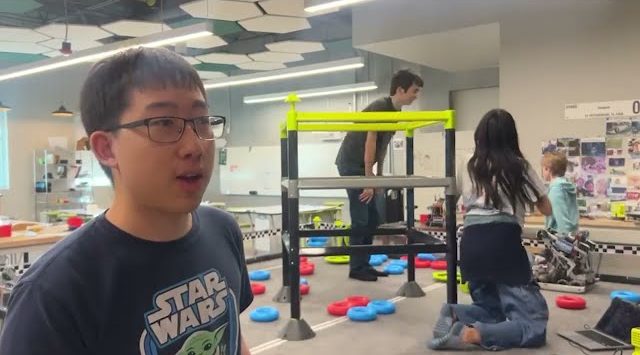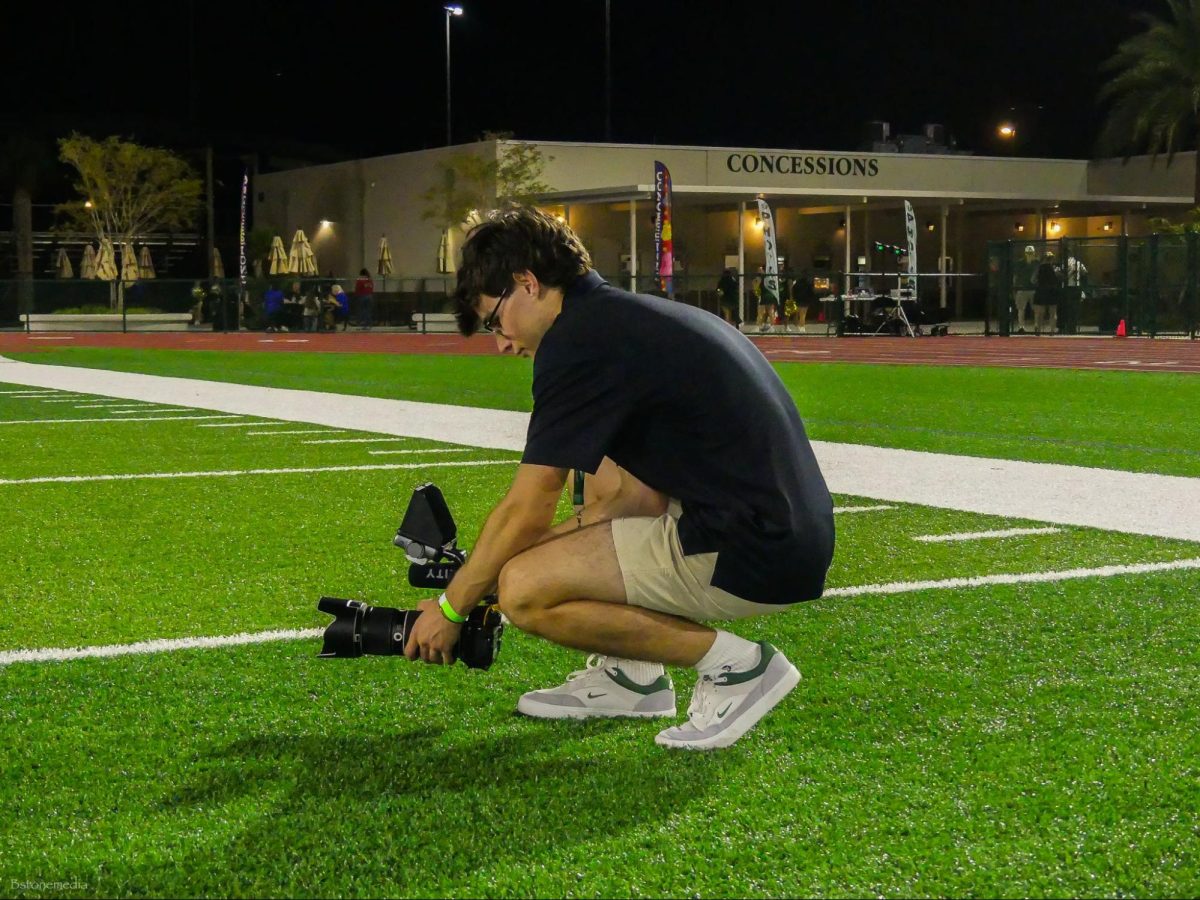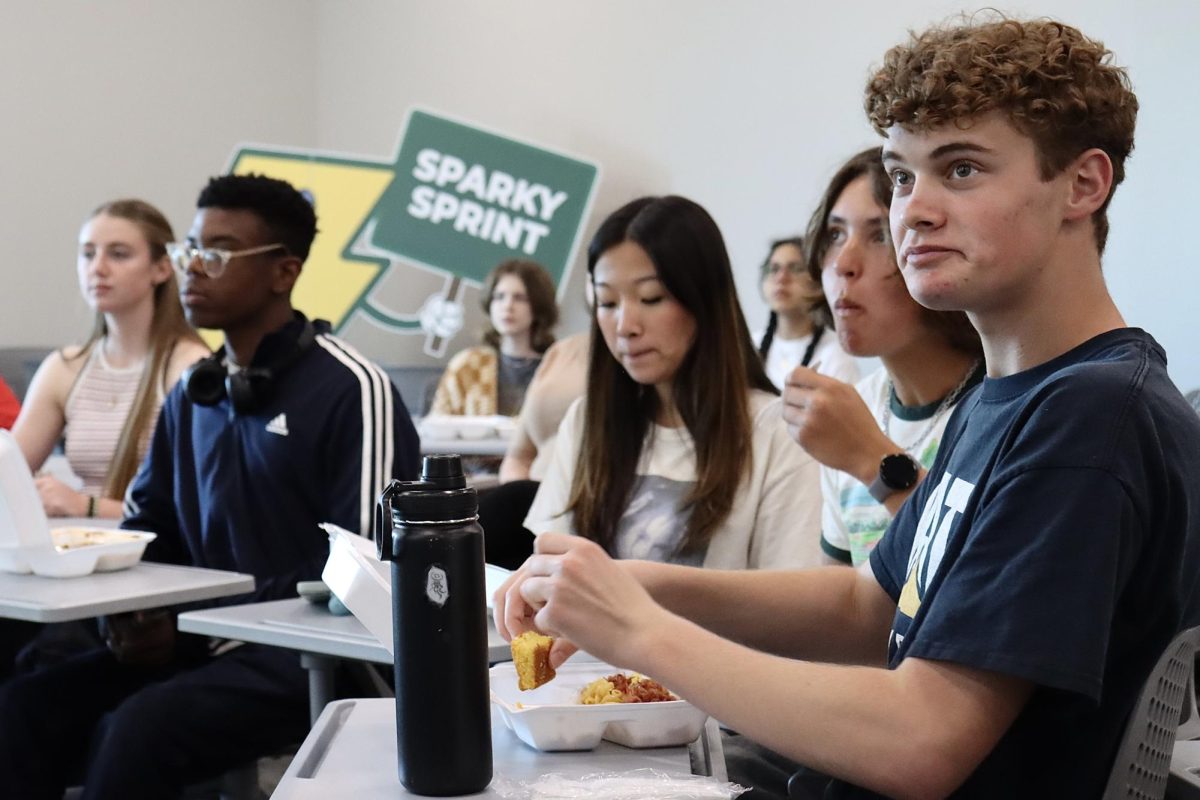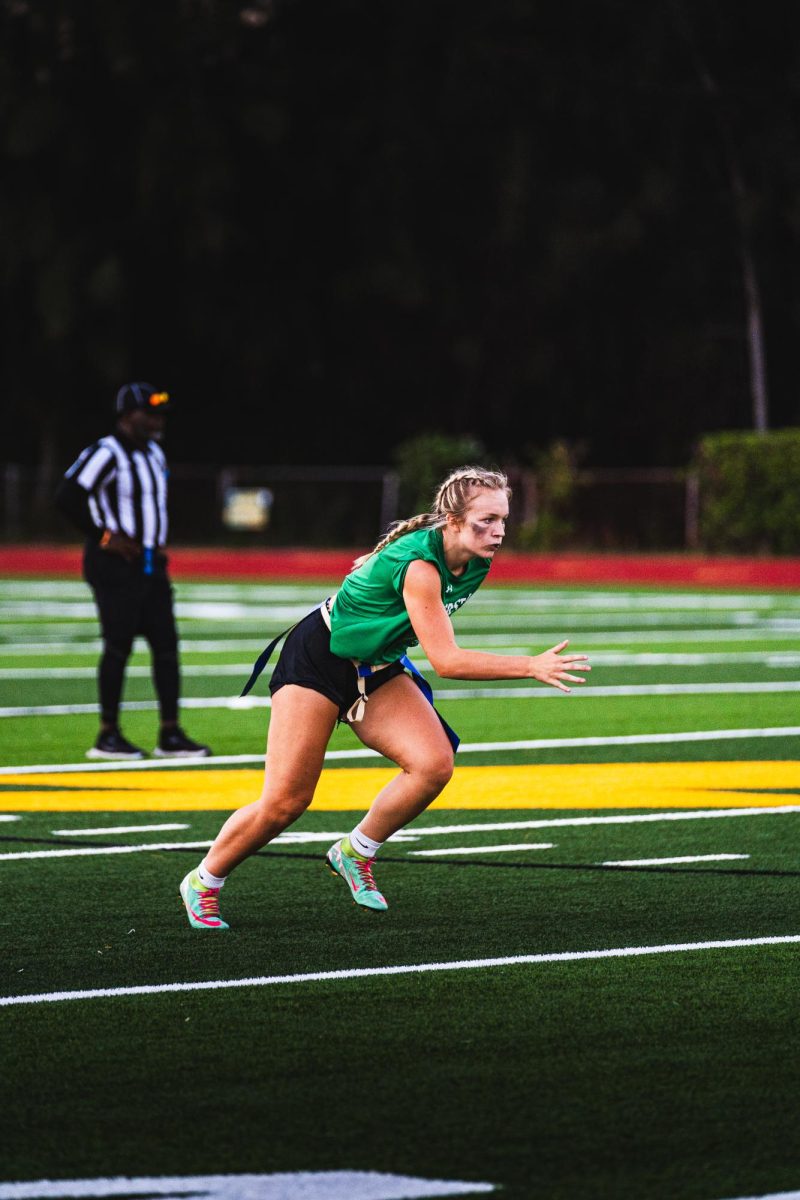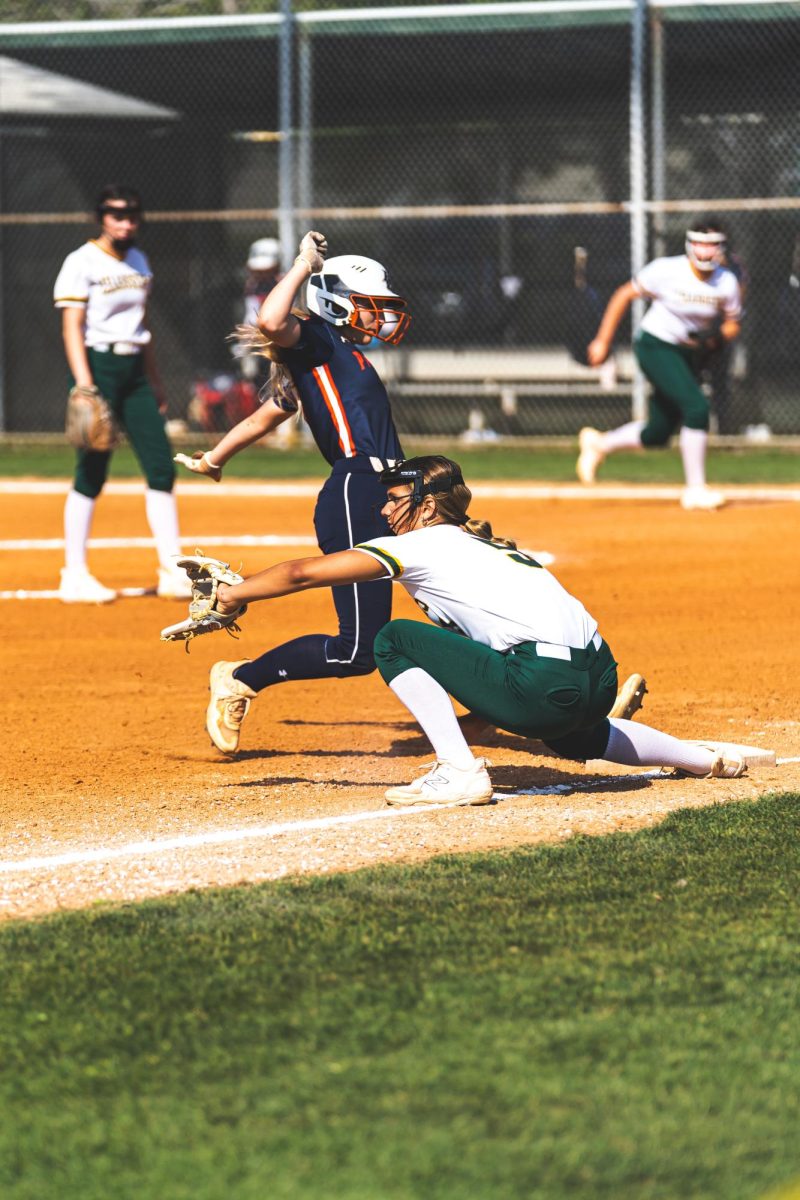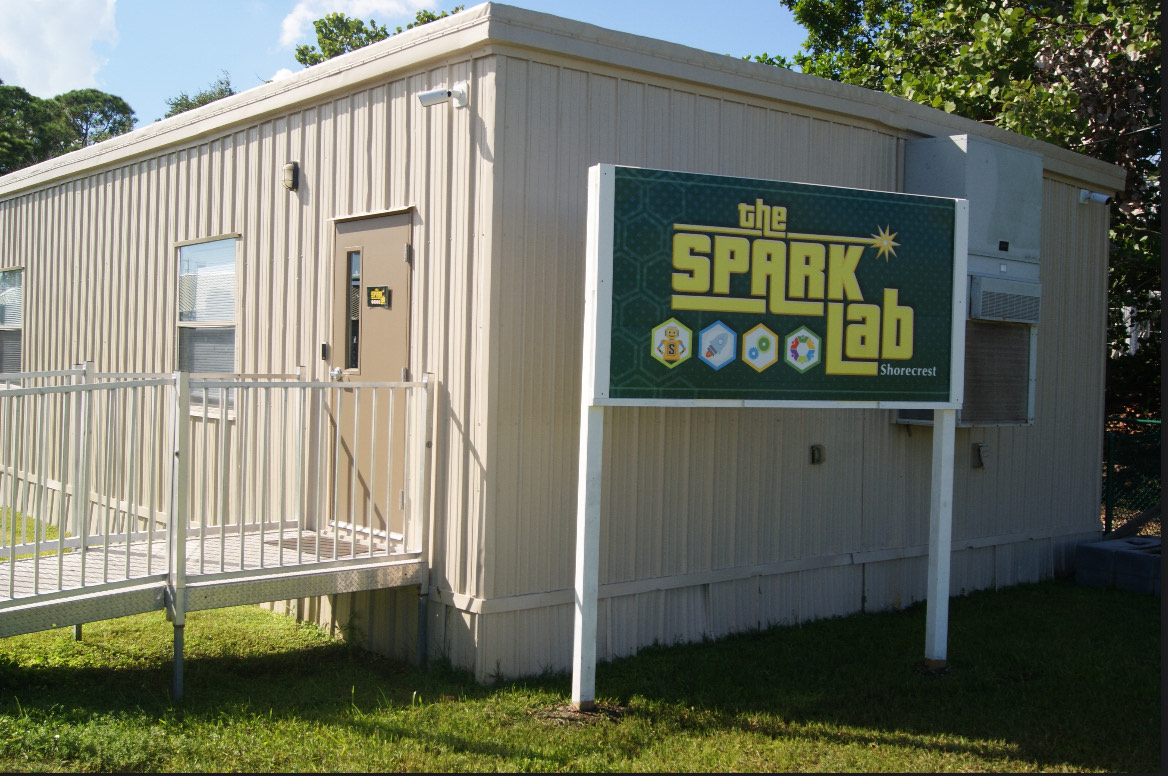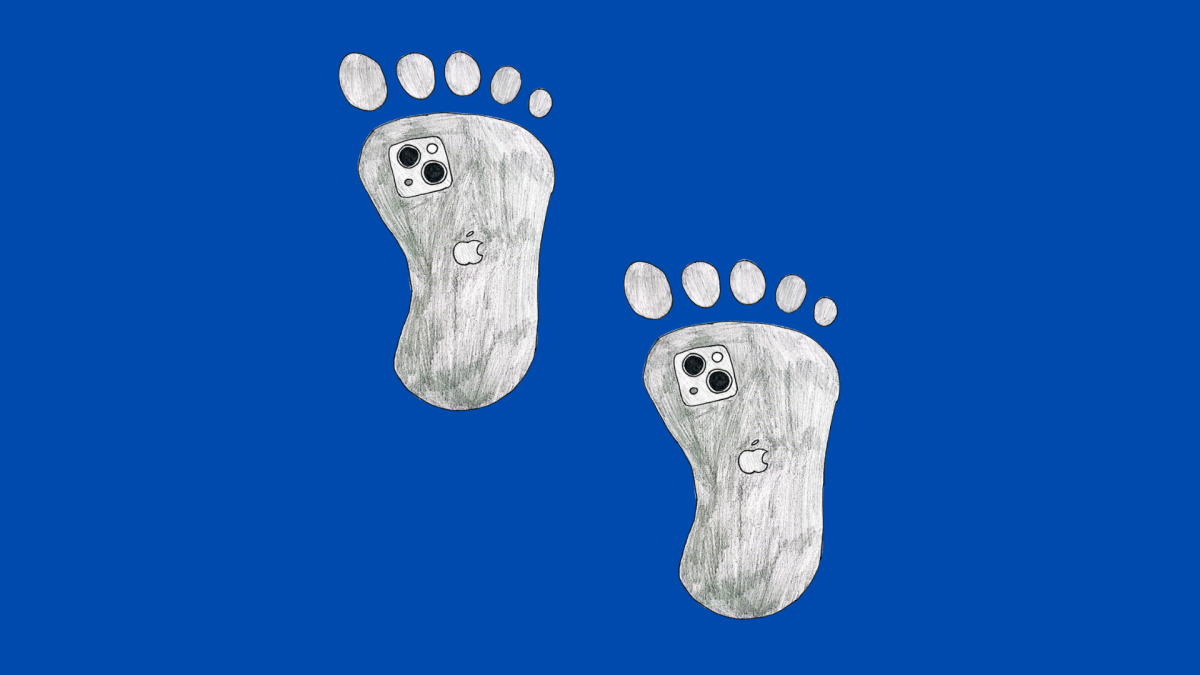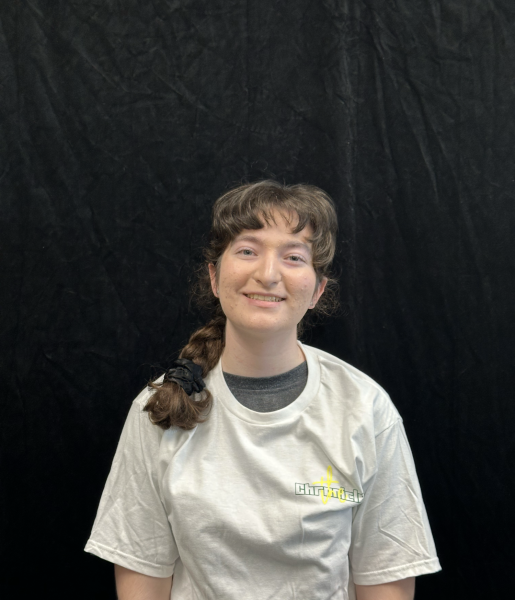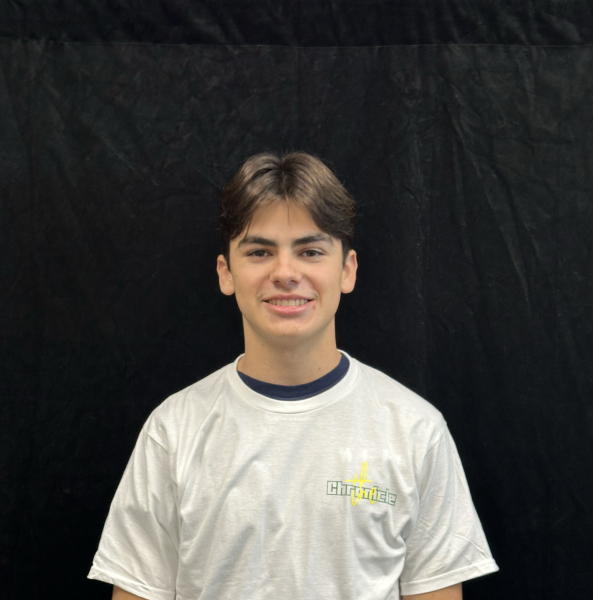Sophomore Sofia Cowan touched a hand to her cheek, only to be met with a throbbing pain that synchronized with her heartbeat. She leaned her back into a plastic blue chair at the center of a white room. Her dentist, coat blending into the walls, strode in, prepared to deliver the news. The pain would end, but only after more pain.
In 7th grade, Cowan was told she’d have to undergo surgery to have her wisdom teeth removed. At first, she was afraid, as she’d heard the procedure was extremely painful.
Whether they experience pain beforehand or not, five million Americans — primarily teens — are in Cowan’s position every year. The surgery may hurt, but it could prevent far more serious ailments down the line.
“Sometimes, [dentists] will do an X-ray, and they’ll see that the tooth is impacted, or it’ll be partially erupted. It’s not coming up straight and it’s not going to come up all the way,” US Science Teacher Lisa Peck said. “Now you have that gum tissue exposed to all sorts of bacteria in your mouth…So there’s a lot of pathogens, viruses, bacteria, fungi, etc. that can get into our bloodstream and [we could] become septic,” in other words, develop a serious infection that spreads through the body.
Not only does preliminary surgery stop infection before it starts, but getting the surgery at a younger age can also reduce pain during recovery. As a person grows, so do the roots of their wisdom teeth, increasing risk of damaging facial nerves due to their proximity.
“Because I got mine out so early, the roots weren’t that much of an issue,” senior Hayden Hawkins said. “Therefore, I had an even smaller chance of [nerve damage] happening.”
The risks and the pain may be reduced, but there are other downsides. From saltwater rinses to scarfing down antibiotics, recovery can become tedious.
“I had ice packs wrapped around my face for, I want to say 20 minutes, and then I’d switch to heating pads, and back and forth and back and forth,” Hawkins said. “I also remember the swelling was really, really bad — like, insanely bad. My face became a square!” She clapped her hands to her face, cringing at the memory.
Timing also counts. Having the surgery during the academic year can interfere with previously scheduled events. “Picture day was like, ‘Oh, my God…’” Cowan said, wincing. “My cheeks were still super swollen and I looked awful, so I had to get retakes.”
But, when recovery is done properly, it’s not all bad. To avoid inflaming the removal sites after surgery, Cleveland Clinic recommends adopting a diet of only soft foods, which often include milkshakes. Another benefit is that dessert can be eaten for three meals a day with few complaints from parents.
As time passes, the pain fades too. “Something fun that you could try is have someone record you when you wake up from your anesthesia because some people have funny reactions,” Hawkins said. “I thought I swallowed my own tongue…and I was freaking out over it. So you can have experiences like that, and it’s even better if someone gets it on camera.”
Like Hawkins, Cowan also has a positive outlook on her procedure. The thumps that echoed through her ears dissipated into nothing more than whispers. She managed the symptoms with Advil and adhered to the soft diet, glued to her couch for a weekend.
Overall, both students attributed their experiences to the regimen they followed. To those who may need the surgery, Hawkins advised: “Listen to your doctor, your surgeon, whoever’s telling you what to do. They know what they’re doing. They’re giving you these instructions for a reason.”

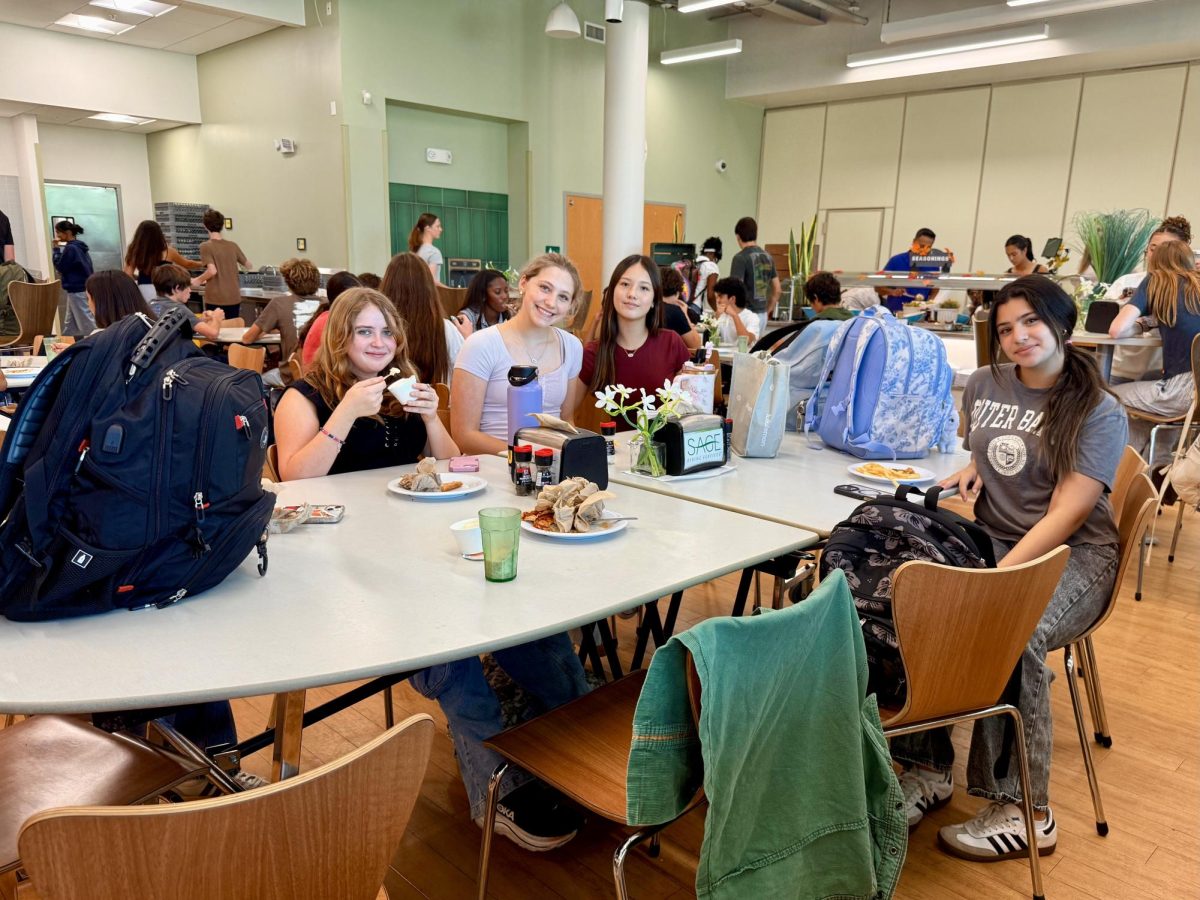
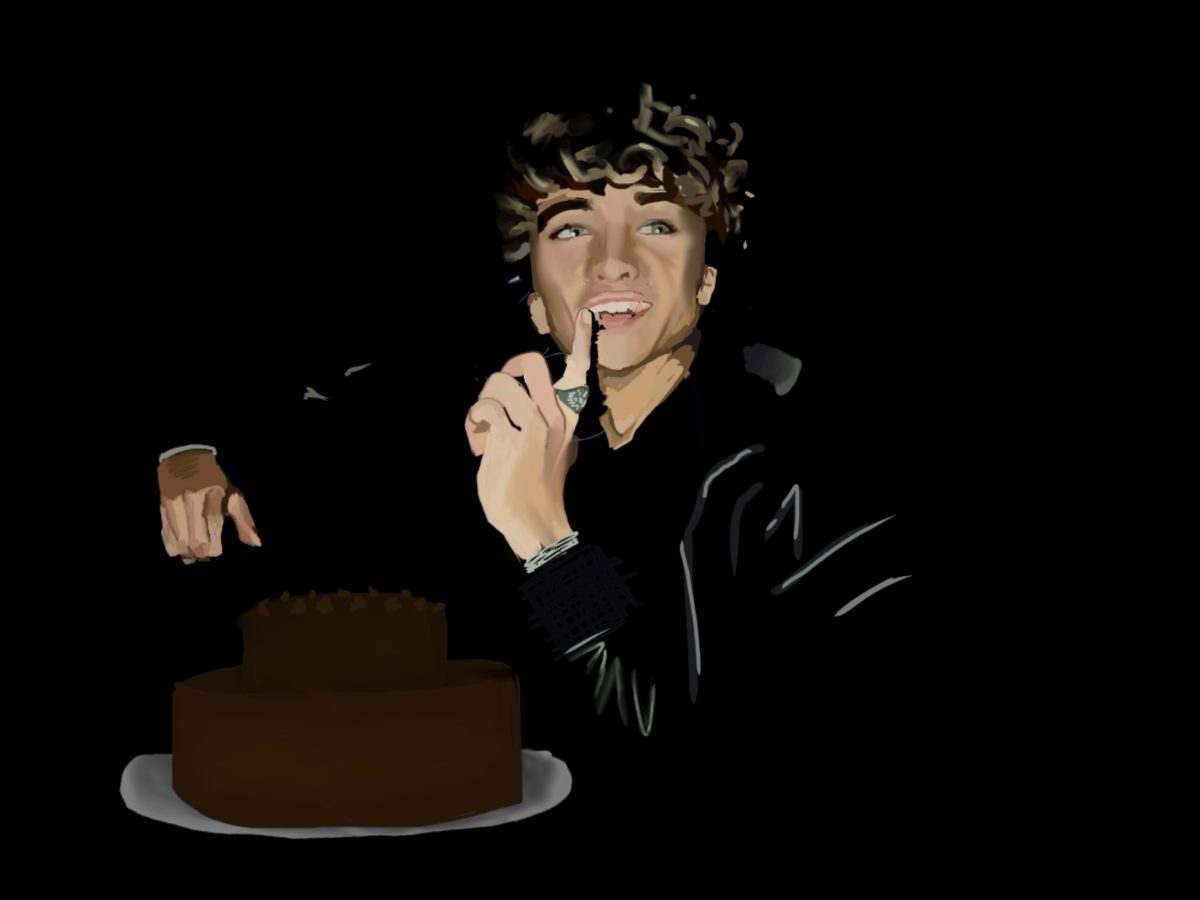
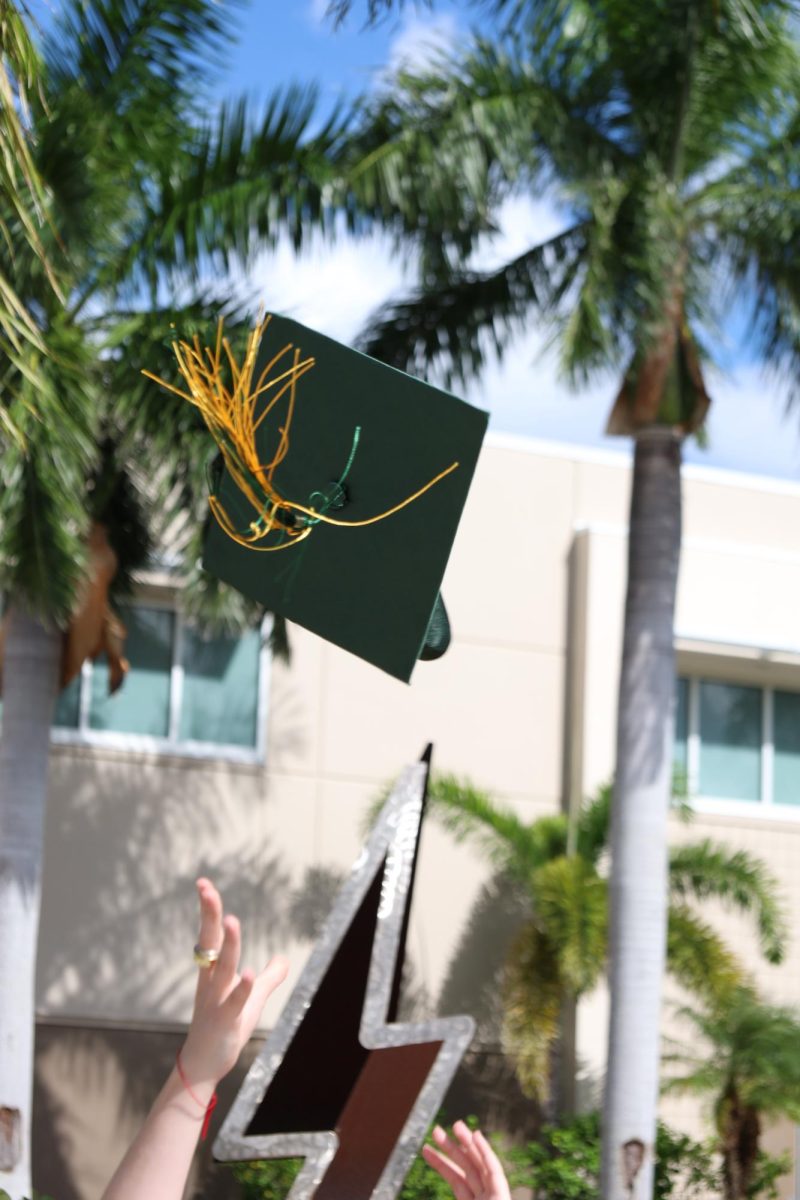
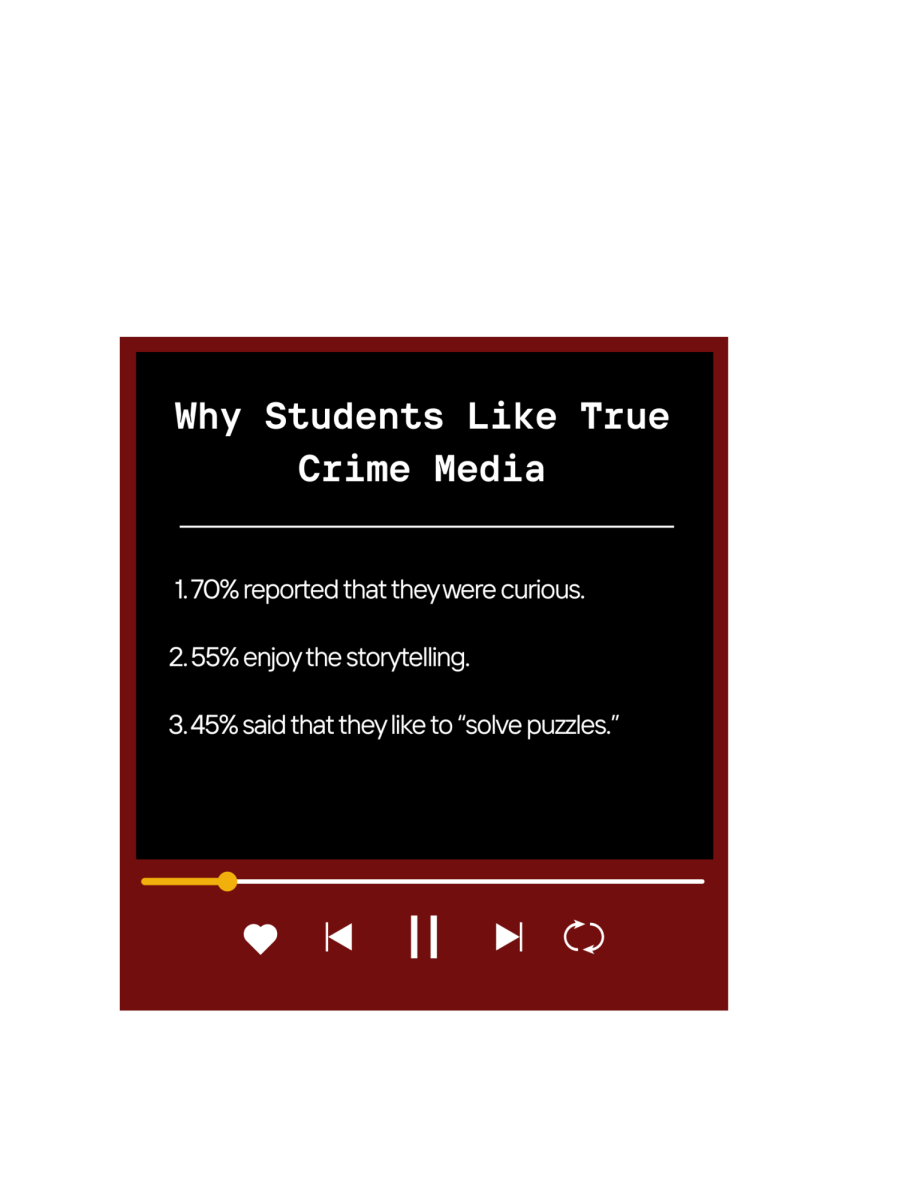
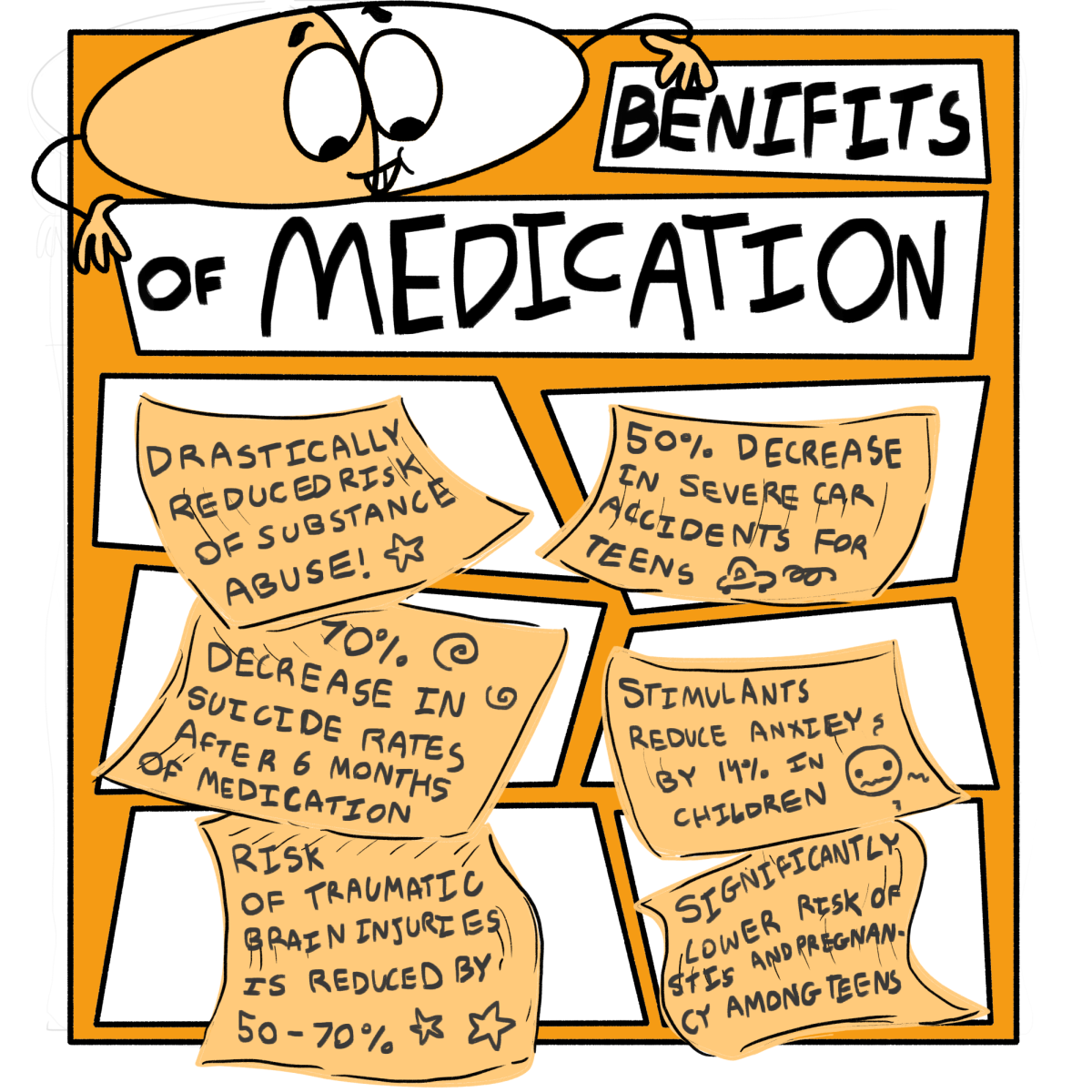


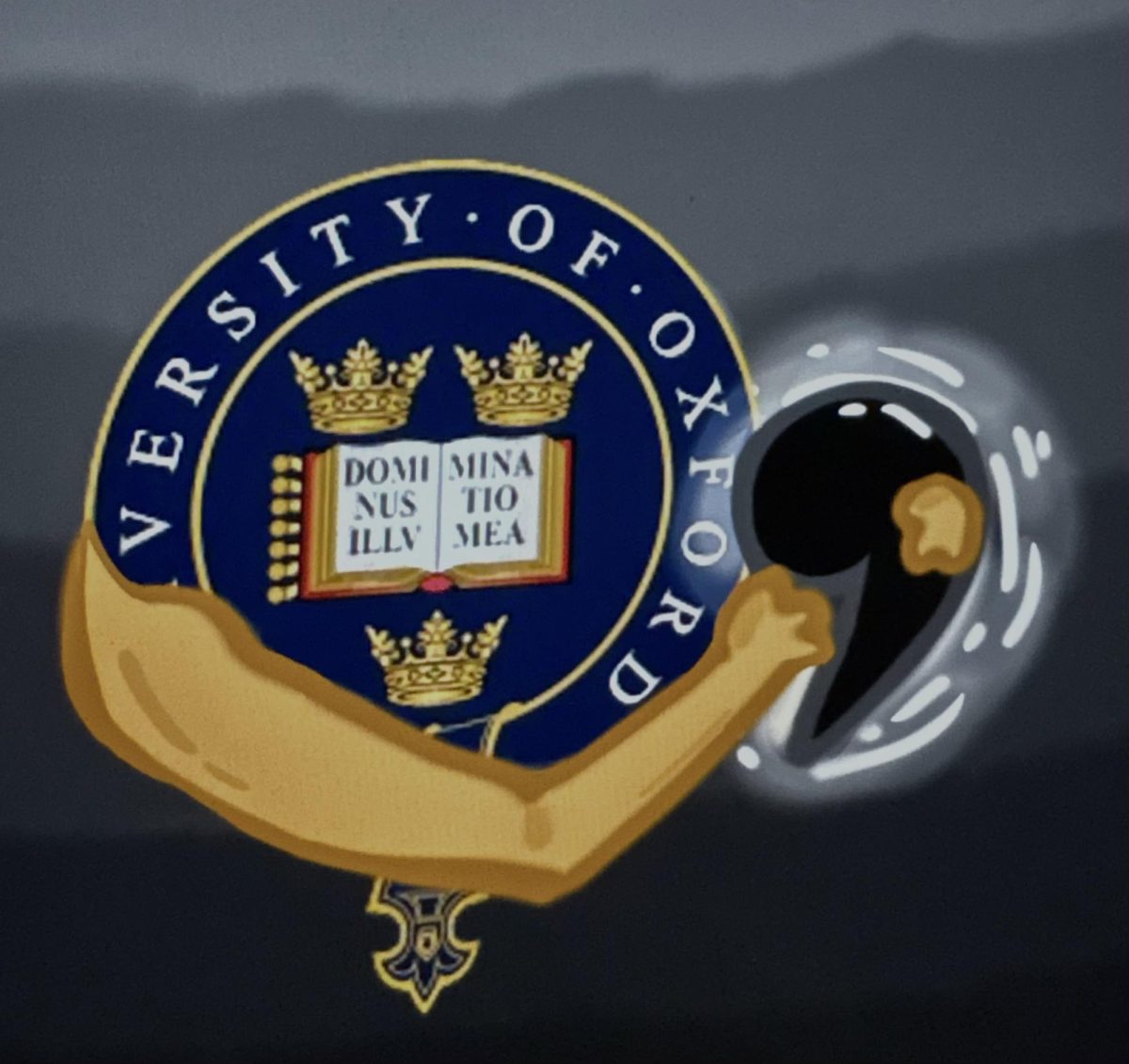


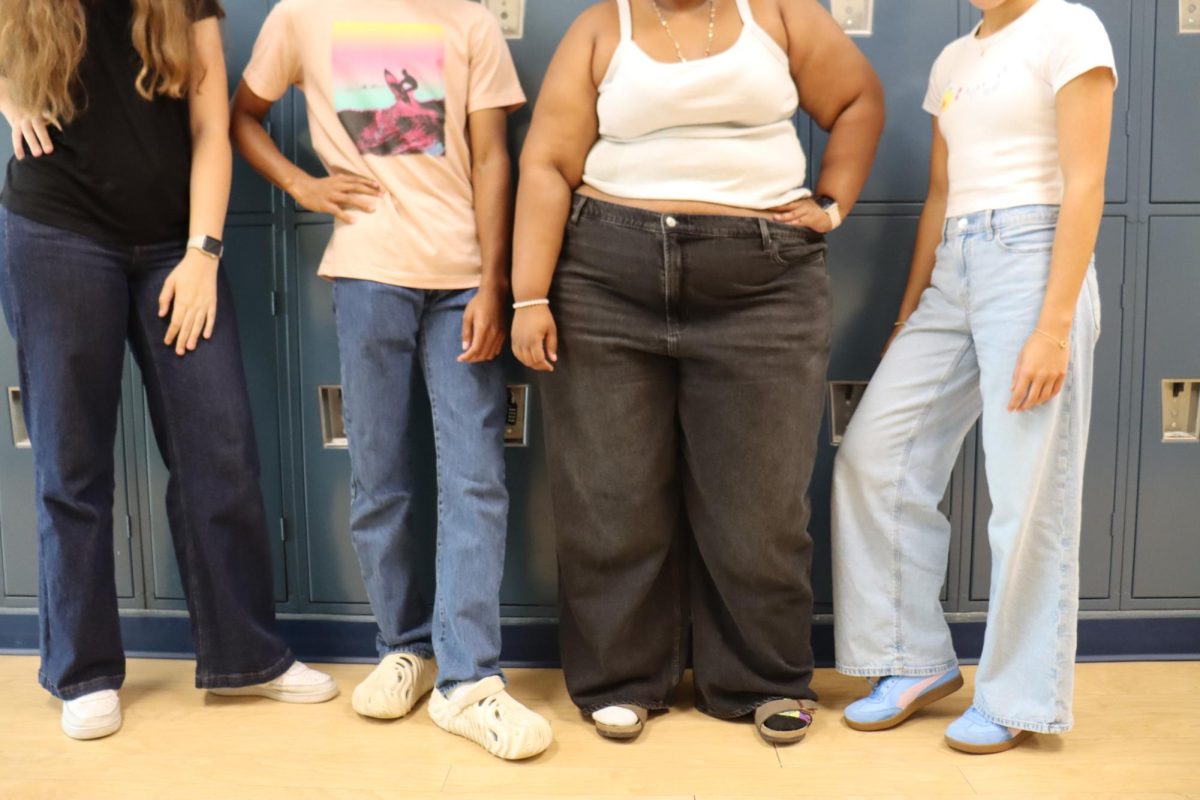
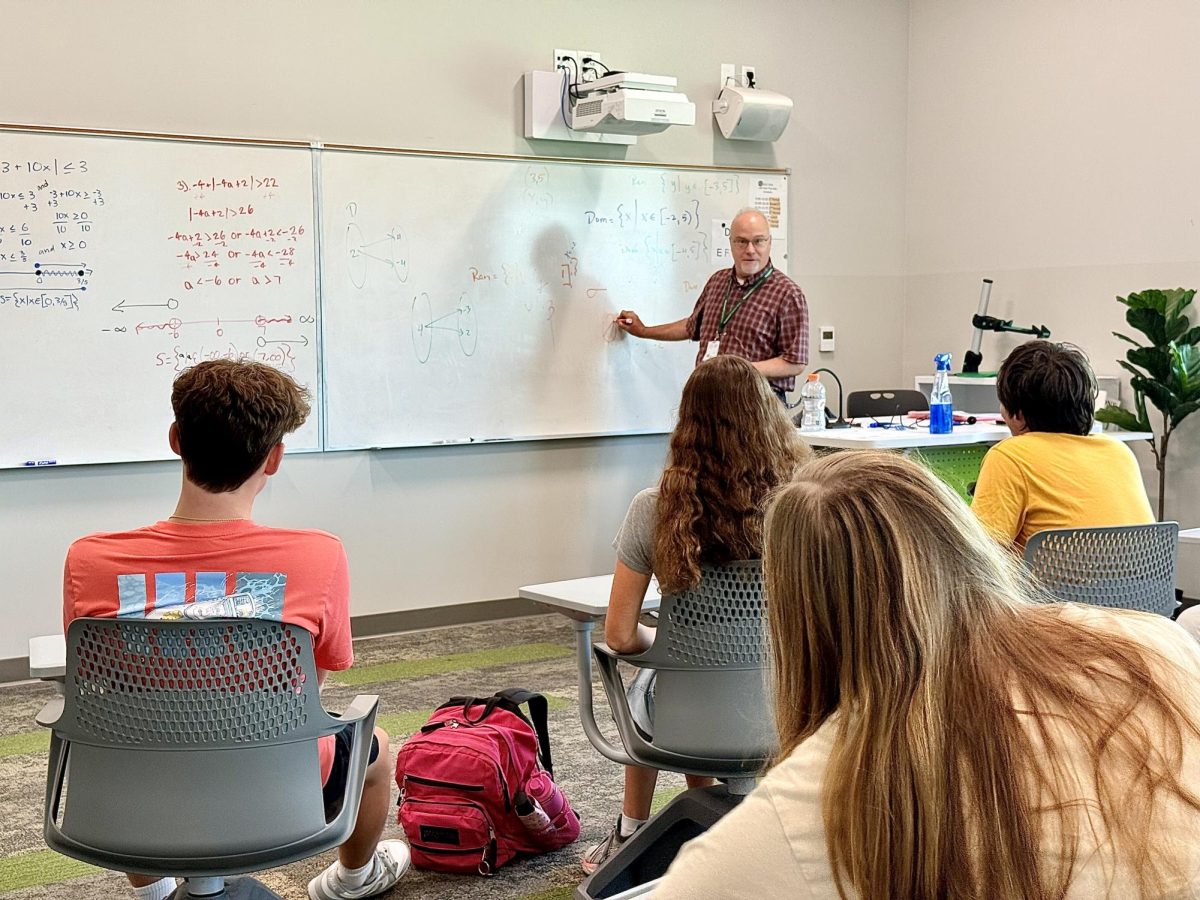

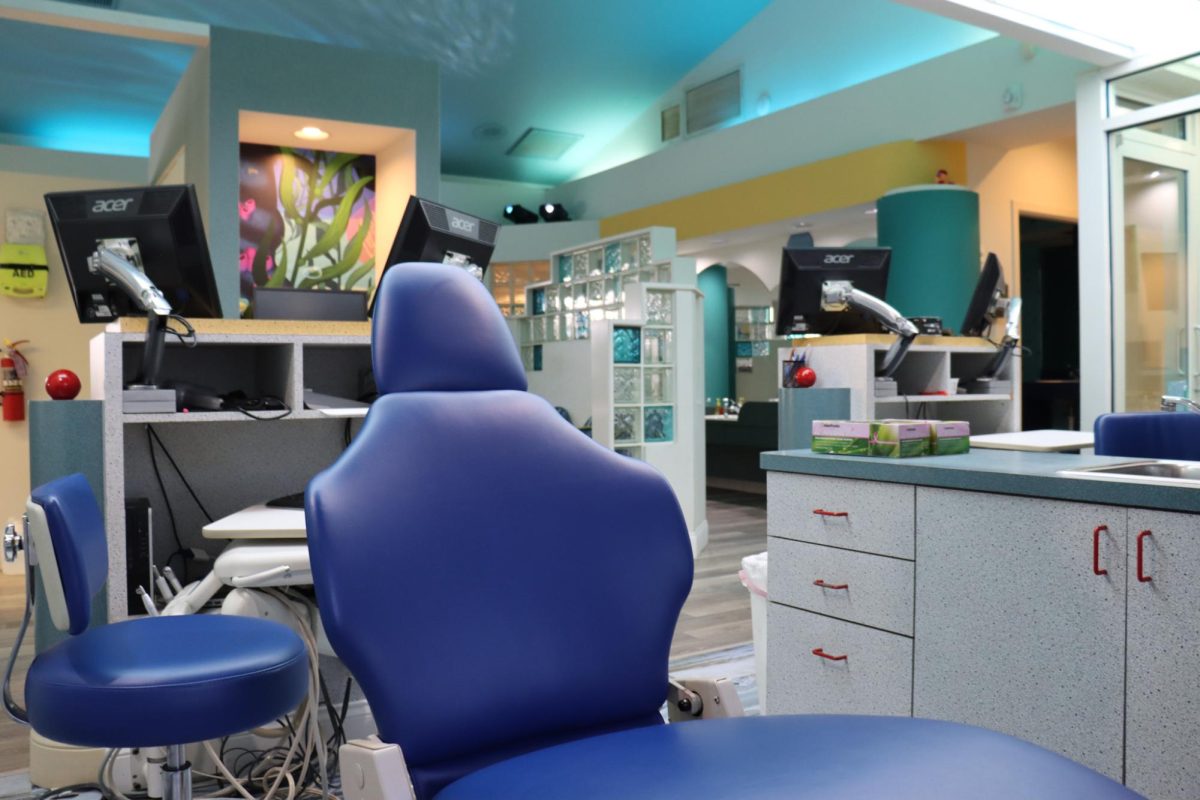
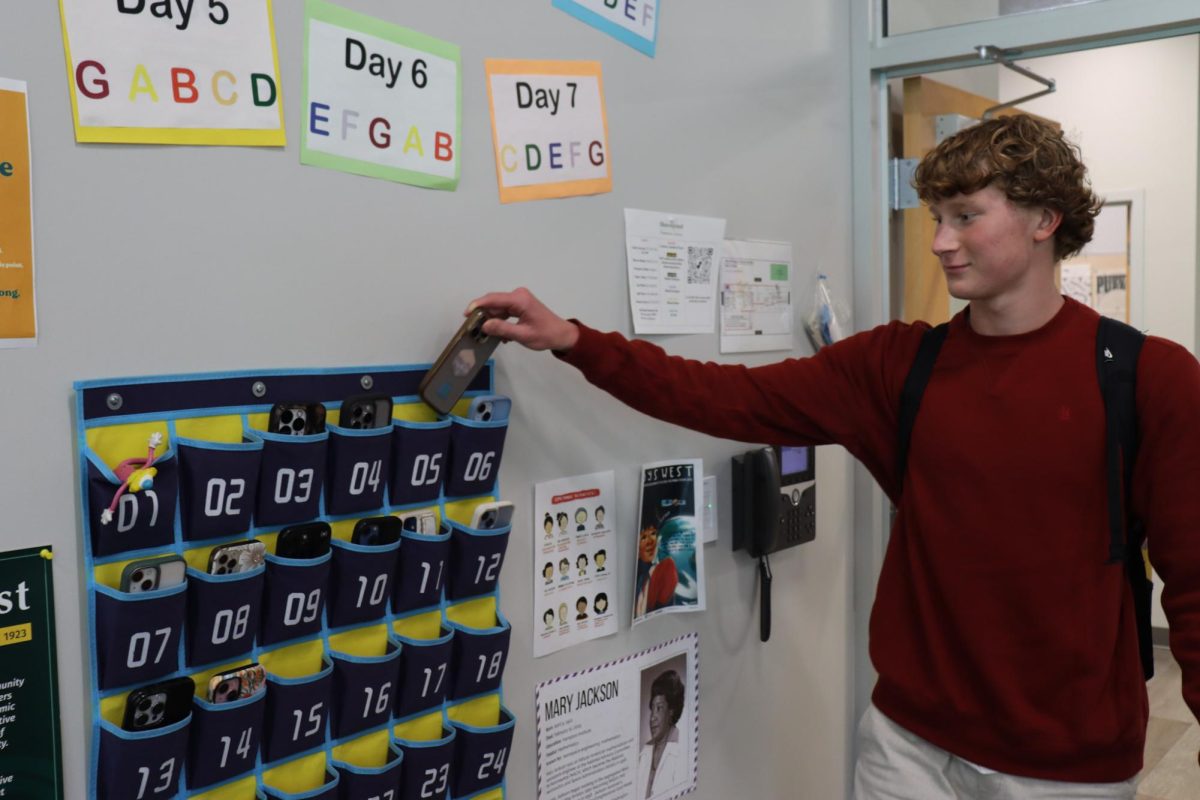
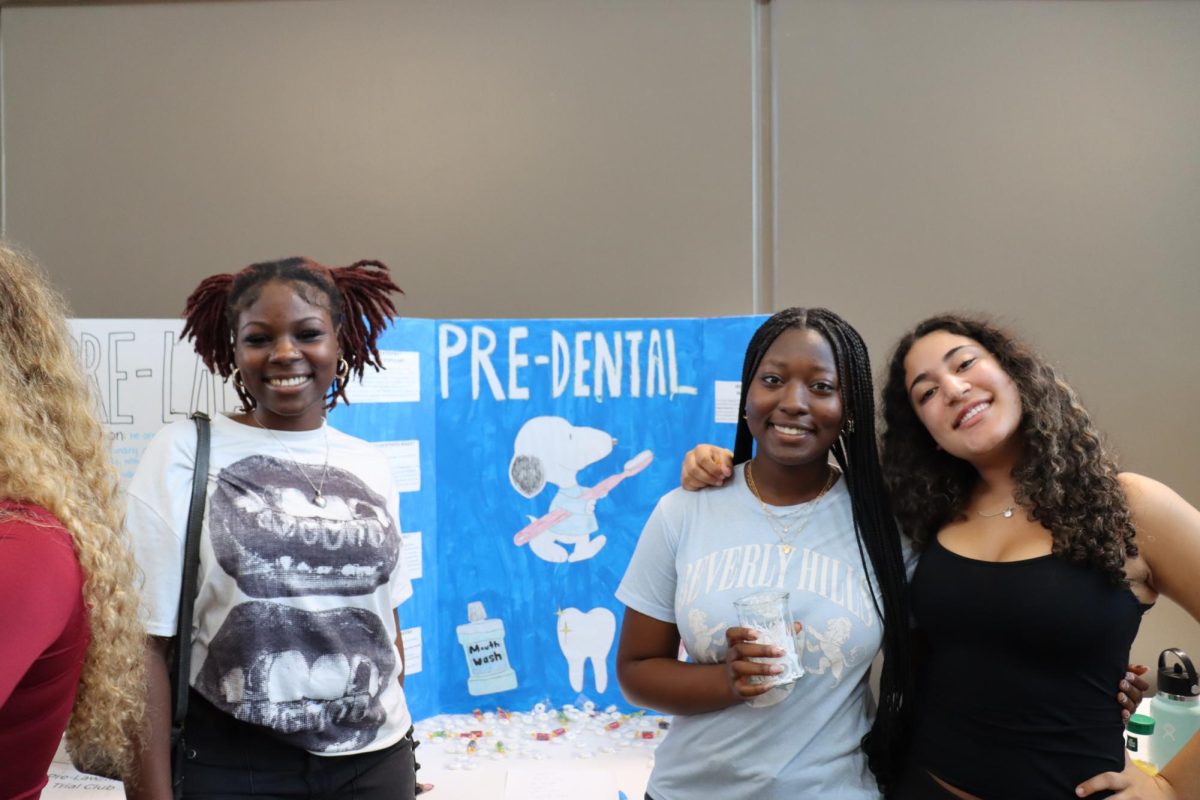
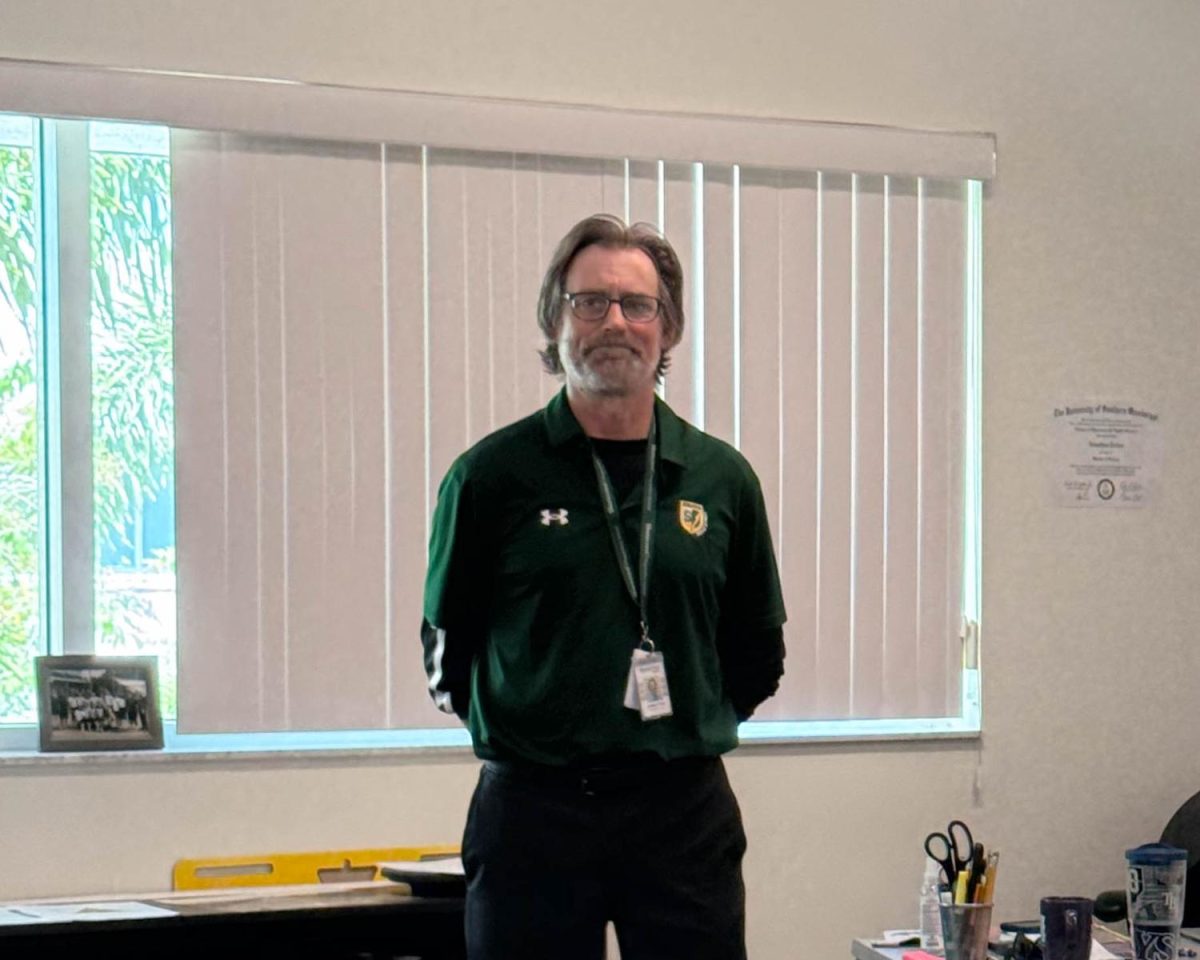
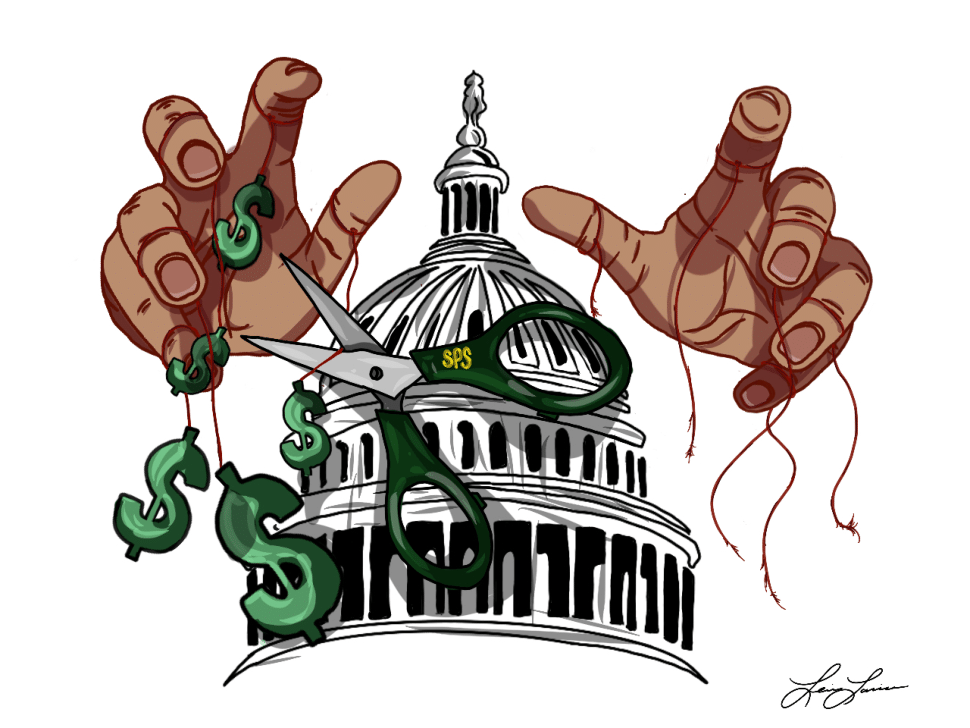
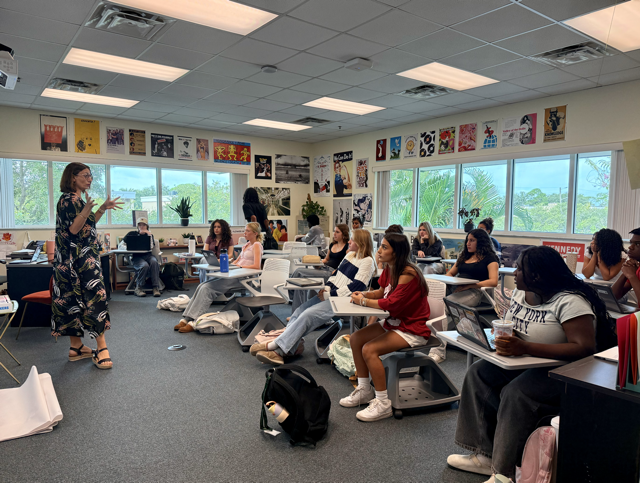
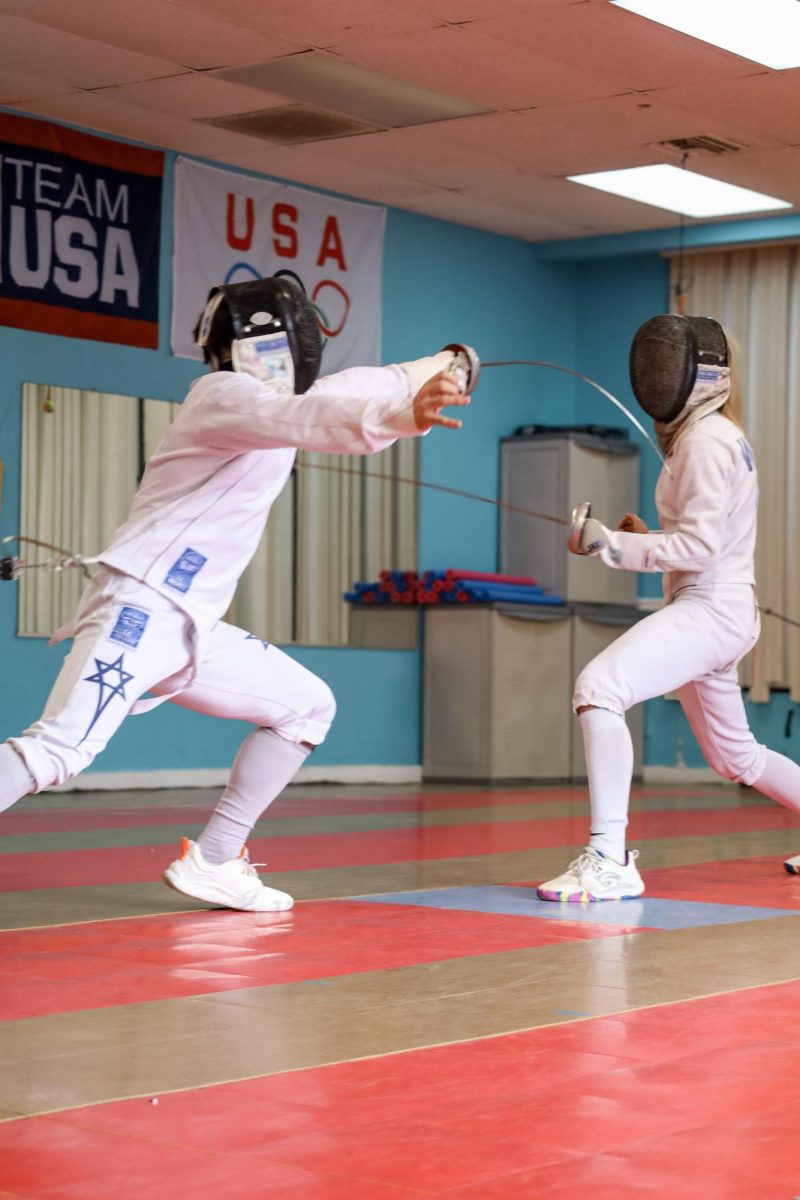
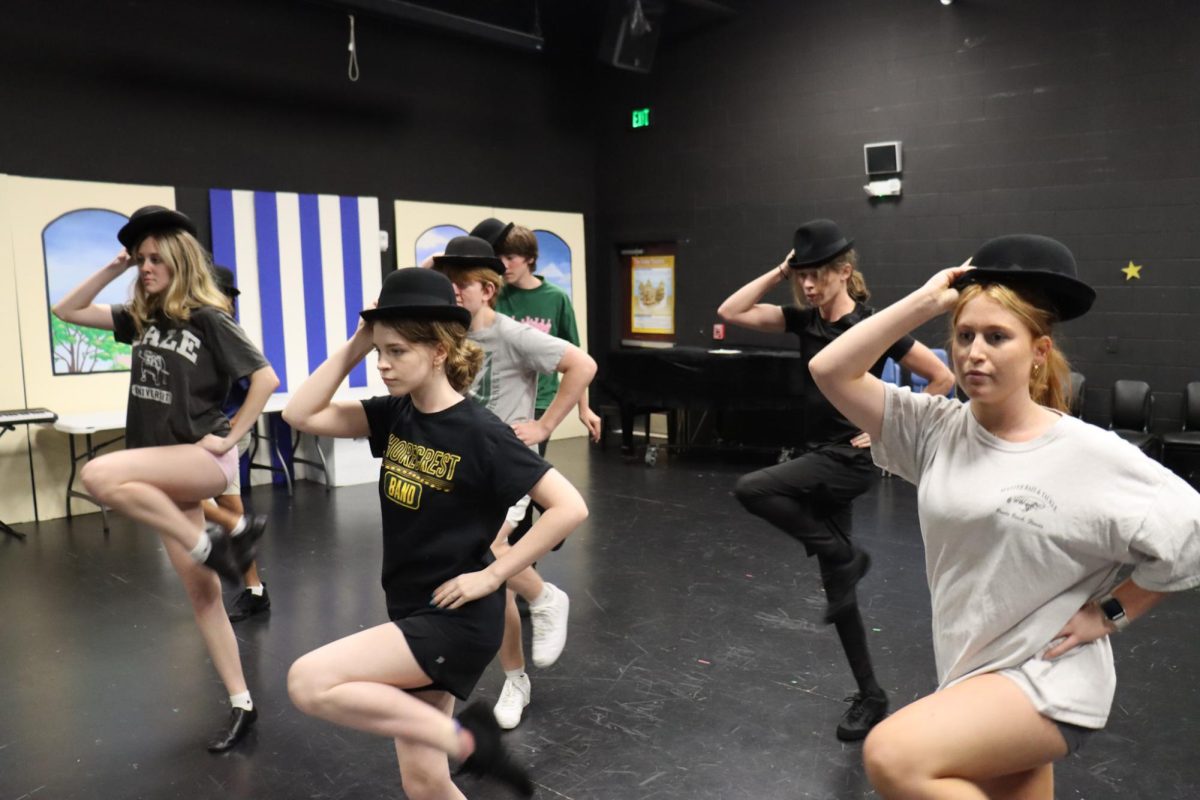
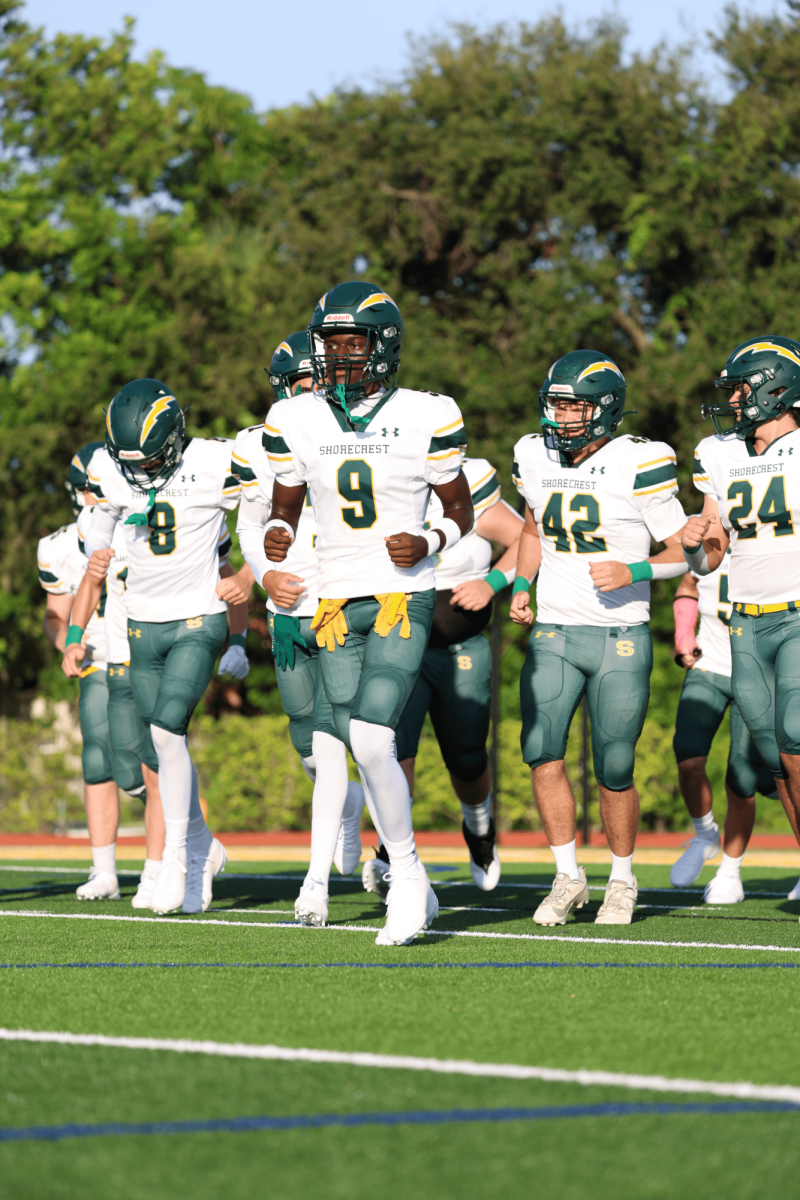

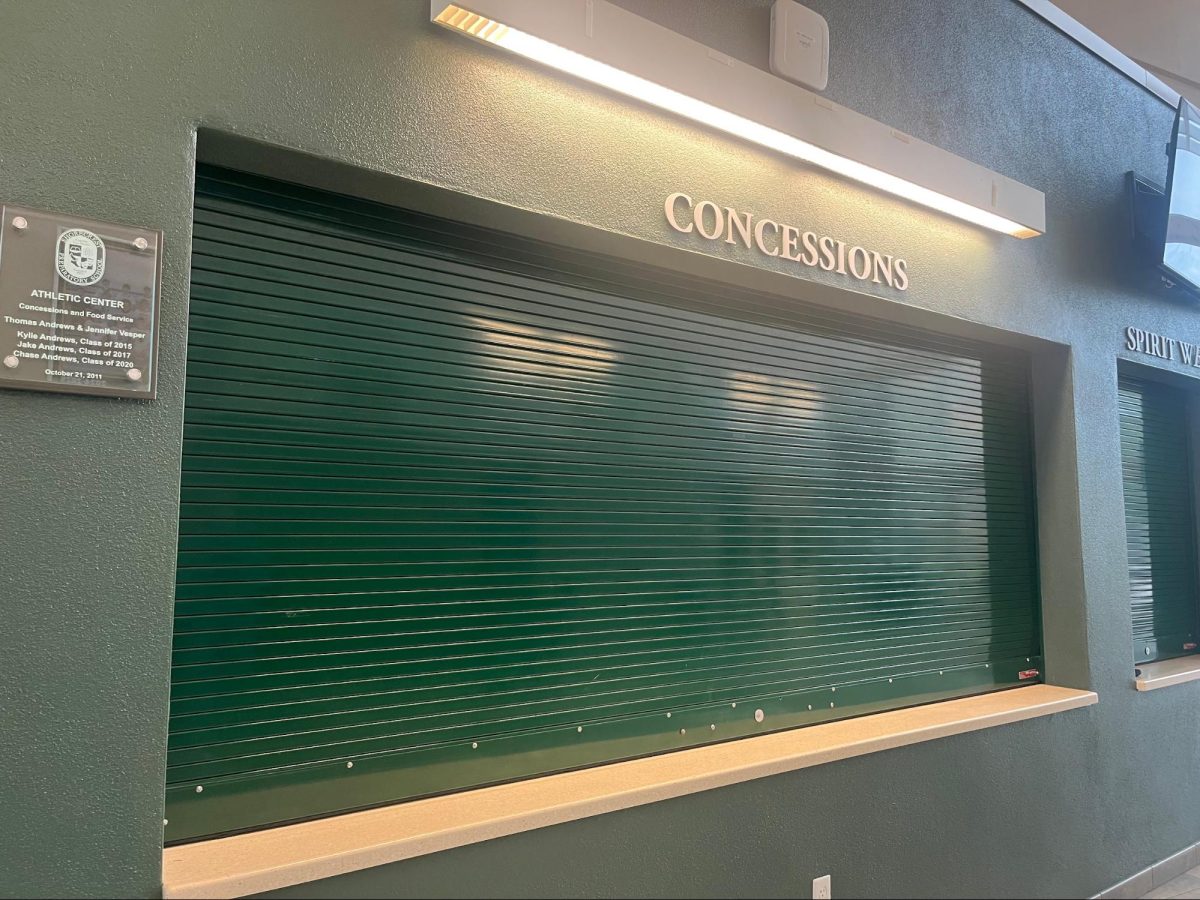
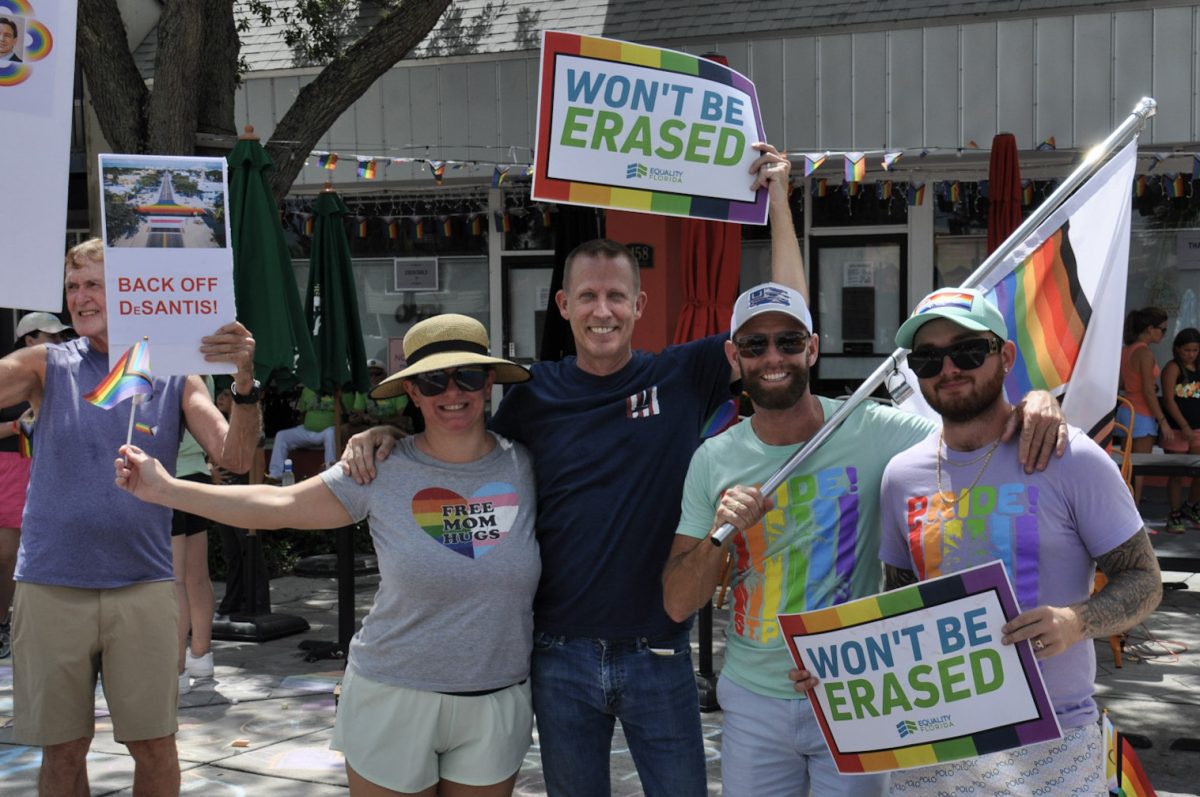





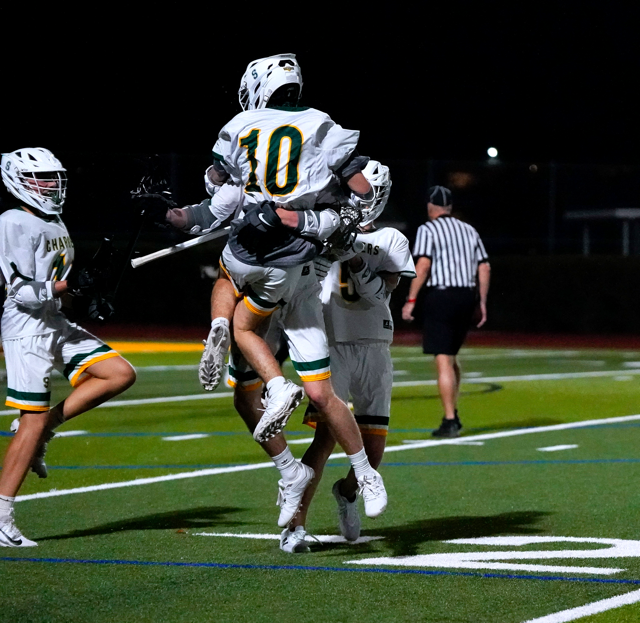

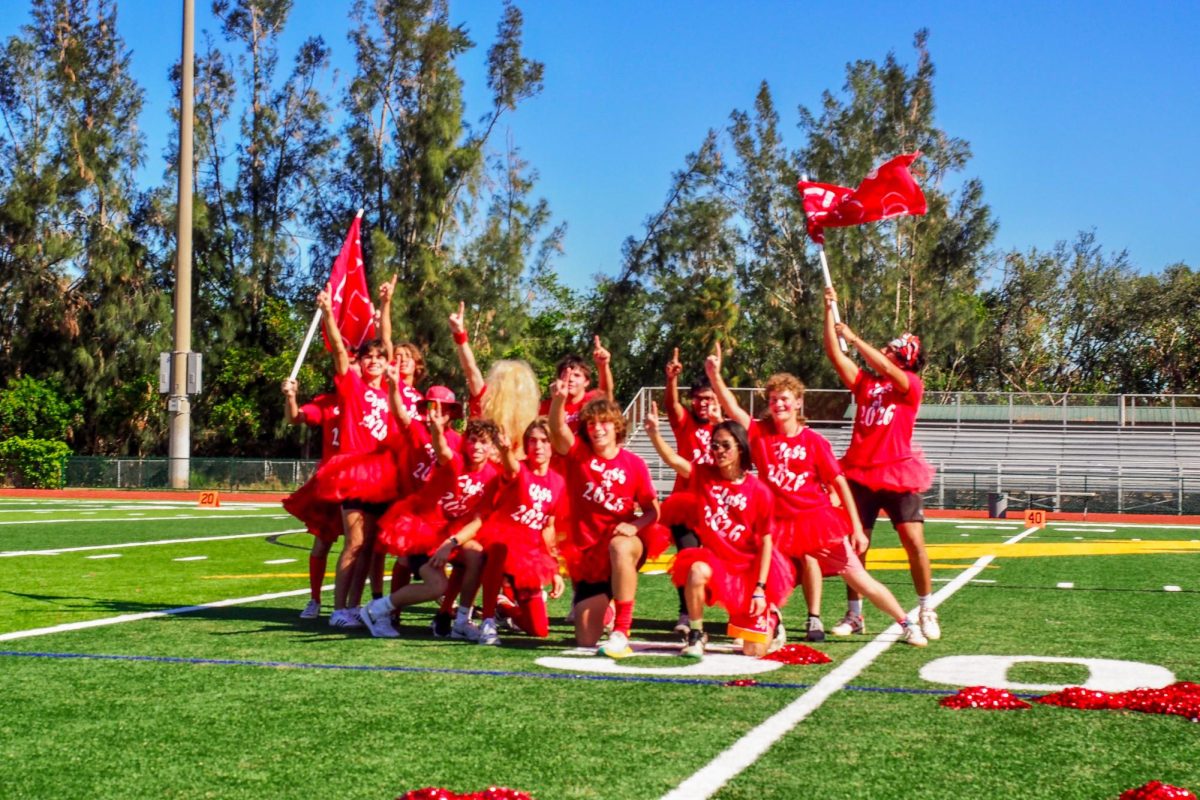
![Thespians pose on a staircase at the District IV Thespian Festival. [Front to back] Luca Baker, Maddison Cirino, Tanyiah Ellison, Alex Lewis, Summer Farkas, Jill Marcus, Ella Mathews, Sanjay Sinha, Isabella Jank, Sofia Lee, Boston Littlepage-Santana, Sally Keane, Tyler Biggar, Tanner Johnson, Jasper Hallock-Wishner, Remy de Paris, Alex Jank, Kaelie Dieter, and Daniel Cooper. Photo by Michael McCarthy.](https://spschronicle.org/wp-content/uploads/2024/12/image1-900x1200.jpg)
